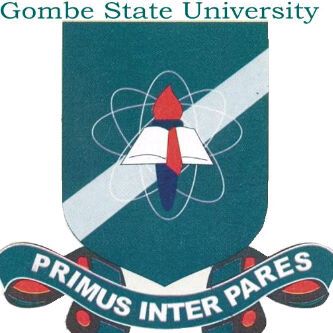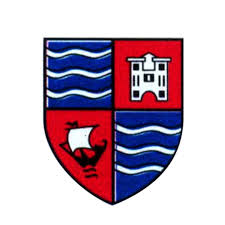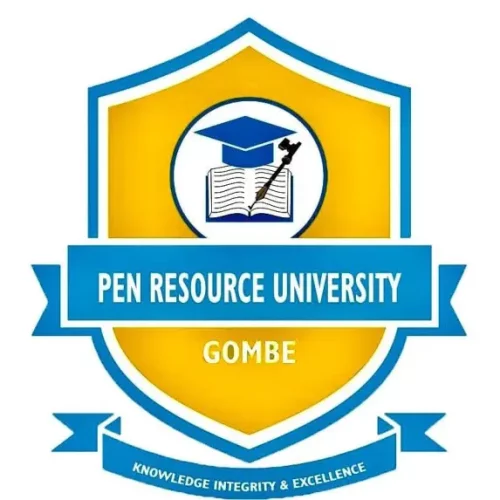Government Keypoints: Pressure Groups; Pressure groups are organized entities formed by individuals or organizations with shared interests to influence public policies, decisions, or actions of the government.
Study more government keypoints here
They operate by exerting pressure on policymakers to address specific issues or advocate for particular causes. These groups are diverse, representing a wide range of interests such as environmental protection, civil rights, labor rights, business interests, and more.
Section A: Definition, Types, Functions, and Modes of Operation
Definition:
Pressure groups, also known as interest groups or lobby groups, are associations formed to influence public policy without directly participating in the electoral process. They strive to advance their members’ interests by employing various strategies, including lobbying, public relations, advocacy, and sometimes direct action.
Types of Pressure Groups:
- Sectional Groups: Represent specific sections or segments of society, like trade unions, professional associations, or industry bodies.
- Cause Groups: Advocate for broader social or political causes, such as environmental protection groups, human rights organizations, or groups supporting specific ideologies.
- Insider Groups: Enjoy close and regular access to policymakers and are often consulted on policy matters.
- Outsider Groups: Lack regular access to policymakers and rely on public pressure or unconventional methods to influence policy decisions.
Functions of Pressure Groups:
- Representation: They articulate and represent the concerns and interests of specific sections of society.
- Influence Policy: Pressure groups seek to shape policies that align with their interests through lobbying, campaigning, or legal actions.
- Information Dissemination: They provide information and expertise on particular issues to policymakers and the public.
- Mobilization: Pressure groups mobilize public opinion and support for their causes through campaigns, protests, or media outreach.
Modes of Operation:
- Lobbying: Engaging with policymakers directly to persuade them on certain policies or legislation.
- Campaigning: Conducting public awareness campaigns, rallies, protests, or social media campaigns to gain support.
- Litigation: Taking legal action or filing lawsuits to achieve their goals.
- Public Relations: Utilizing media and public relations strategies to influence public opinion and garner support.
Example: The National Rifle Association (NRA) in the United States represents the interests of gun owners and uses lobbying, public campaigns, and legal actions to influence gun-related policies.
Section B: Differences between Pressure Groups and Political Parties
i. Evaluation of Functions and Modus Operandi of Pressure Groups:
Functions:
- Pressure Groups: Focus on influencing policy without contesting elections directly.
- Political Parties: Contest elections, form governments, and implement policies.
Modus Operandi:
- Pressure Groups: Employ various strategies to influence policymakers, often without seeking office.
- Political Parties: Seek to gain power through elections, form governments, and implement policies as elected representatives.
ii. Distinguishing between Pressure Groups and Political Parties:
Purpose:
- Pressure Groups: Advocate for specific interests or causes.
- Political Parties: Seek to govern and implement a broader range of policies encompassing various interests.
Access to Power:
- Pressure Groups: Work indirectly by influencing policymakers without holding official positions.
- Political Parties: Aim to gain power directly through elections and hold official positions to implement policies.
Representation:
- Pressure Groups: Represent specific interests or sections of society.
- Political Parties: Aim to represent a broad spectrum of interests to gain electoral support.
Example: The Sierra Club, an environmental advocacy group, lobbies for environmental policies, while a political party like the Democrats in the United States aims for a broad platform encompassing various issues to win elections and govern.
Conclusion:
Pressure groups play a crucial role in modern democracies by representing diverse interests and influencing policy formulation. Understanding their functions, modes of operation, and differences from political parties is essential to grasp their impact on shaping public policies and governance.












